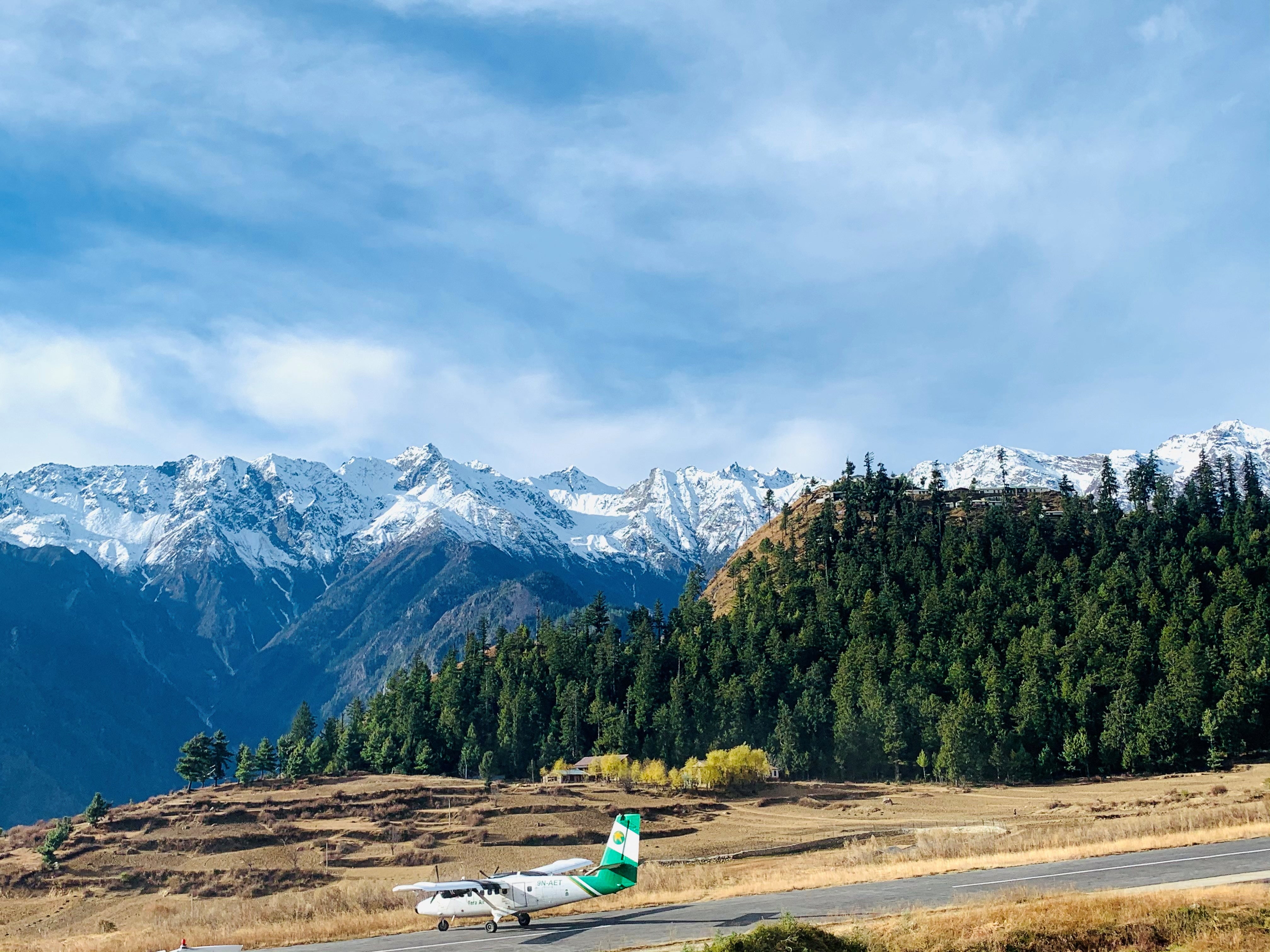Nepal is one of the most dangerous nations for passenger aviation after 12 tragedies in 12 years
In an era when flying is becoming ever safer, crashes in the mountainous kingdom continue to haunt the headlines

Rescuers have reached the remains of the Tara Airlines aircraft that went missing in Nepal early on Sunday morning. The Twin Otter aircraft was carrying 22 passengers and crew on a flight between the touist hubs of Pokhara and Jomsom. There are not believed to be any survivors.
It is the 12th aviation tragedy in as many years in the mountainous kingdom – making it one of the most dangerous nations in the world for passenger aviation.
In an era where flying is becoming ever safer, crashes in Nepal continue to haunt the headlines. The losses usually involving small propeller planes in poor weather.
The nation’s domestic airlines tend to use old, ill-maintained aircraft; the Twin Otter involved in the latest tragedy was around 40 years old. There is inadequate training in, and enforcement of, accepted international aviation standards.
In a country with very challenging terrain and unpredictable weather, there is little hope that this litany of tragedy will end soon.
All the nation’s airlines are banned from the EU because safety officials have no faith in Nepal’s aviation regulator. The European Commission excludes “All air carriers certified by the authorities with responsibility for regulatory oversight of Nepal”.
Those authorities have overseen terrible losses – with two previous crashes on the link between Jomson and Pokhara in the past decade.
In 2012, 15 of the 21 people aboard an Agni Air flight died. Their aircraft had been unable to land at Jomson and was returning to Pokhara.
Four years later, a Tara Air plane crashed en route from Pokhara to Jomsom. Twenty-three lives were lost.
The International Civil Aviation Organization is seeking to reduce the rate of fatal accidents in Nepal. It says: “The country’s beautiful but rugged terrain makes the safety of air operations more challenging than in other areas of the world.”
In 2012, seven British passengers were among the 19 people who died aboard a Sita Air Dornier 228 that came down shortly after take off from Kathmandu on a flight to Lukla. The tragedy was blamed on “a combination of factors, including an overweight aircraft with too much luggage stowed on board”.
Travellers to the mountain kingdom must continue to weigh the risks of flying – while remaining aware that the roads in Nepal are lethal, too, with an accident rate six times higher than in the UK.
Subscribe to Independent Premium to bookmark this article
Want to bookmark your favourite articles and stories to read or reference later? Start your Independent Premium subscription today.

Join our commenting forum
Join thought-provoking conversations, follow other Independent readers and see their replies